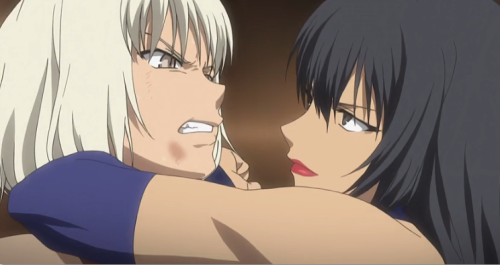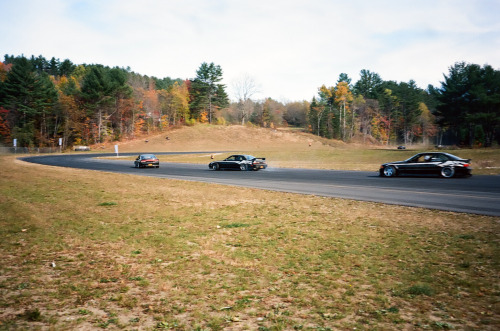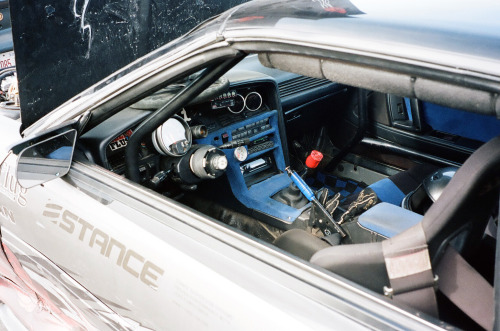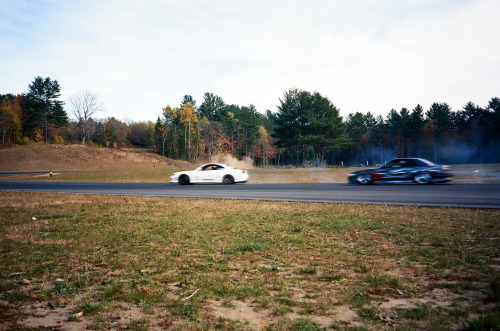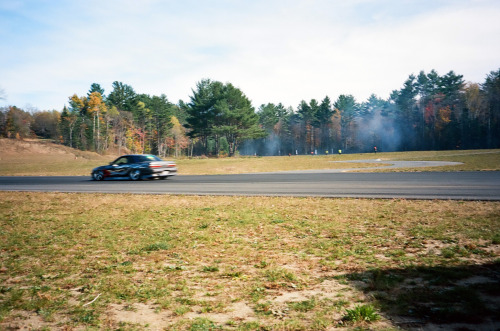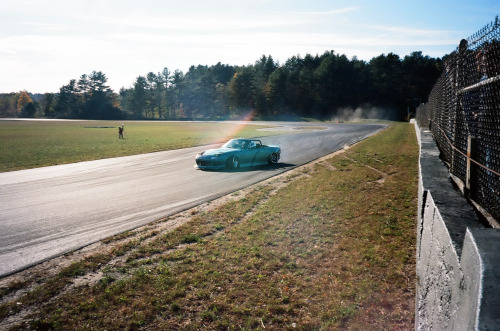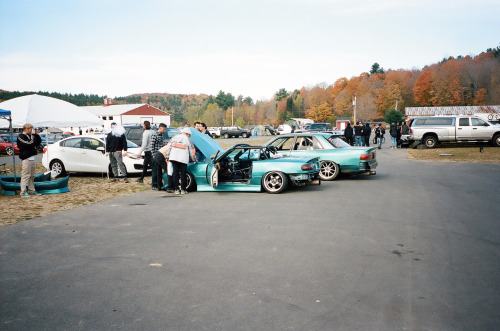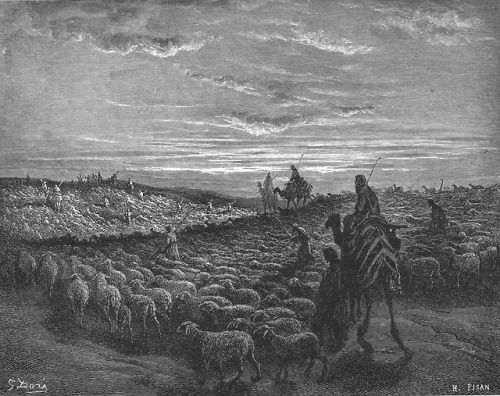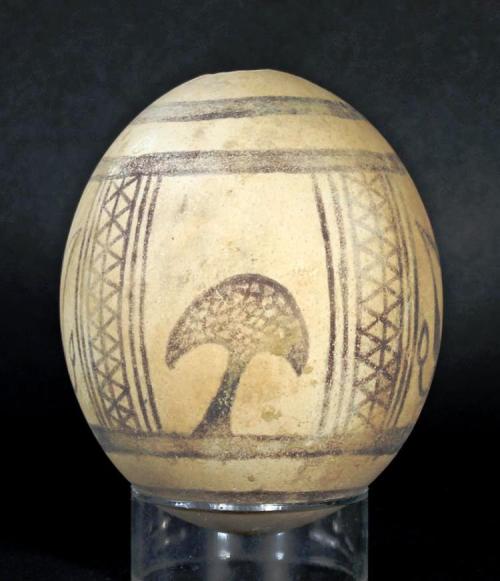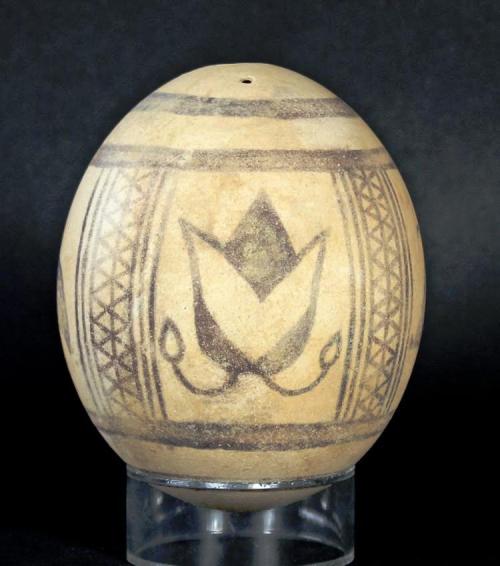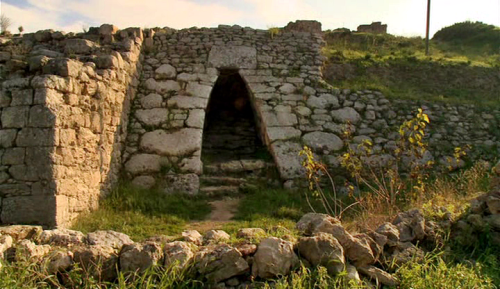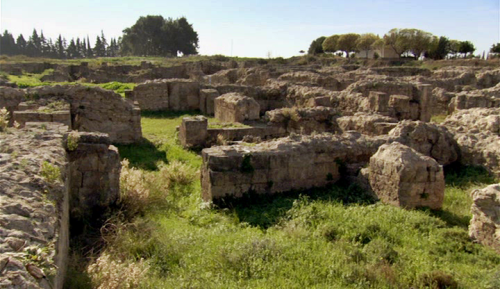#canaan
Almost halfway done with the Phoenician alphabet oracle. There are 22 letters/cards in total and I’ve worked 16 deities into it (the Phoenician, Canaanite and Mesopotamian gods are so heavily syncretized through both geography and time that it was a challenge to choose among all the figures and portrayals, but the full list is below the cut:
Post link
Phoenician Painted Ostrich Egg - 8th-6th Century BC
An ancient ostrich egg painted with four Panels divided by cross hatched bands. The scenes include, two lotus buds, a small tree, and an abstract symbol of the goddess Tanit.
The use of the ostrich egg as a vase or decorative object dates back to the earliest Egyptian and Mesopotamian cultures. The painted ostrich egg was, however, especially popular among the Phoenician (Punic) people. Examples have been found in tombs at Carthage and at Punic settlements in Spain, Sicily, and Sardinia.
Post link
Ancient Worlds - BBC Two
Episode 2 “The Age of Iron”
The ruins of the Royal Palace of Ugarit (picture n. 1: one of the entrances to the palace)
The city-state of Ugarit was one of the great cities of the Bronze Age. The Canaanite sea port city flourished as a trade centre in the 14th century BC but sometime around the 1.190s the city declined and then came to an end. On excavation of the site, several deposits of clay cuneiform tablets in many languages were found. The local alphabetic script that records the native Semiticlanguage called the “Ugaritic” was one of the first proper alphabets.
The Royal palace was the residence of the rulers of Ugarit and a centre of international diplomacy. The palace was built in four major stages between the 15th and 13th century BC. It covered an area of 6.500 square metres and it was surrounded by a fortified wall (dating to the 15th century BC).
The royal architects created a light, airy interior with a series of courtyards, pools and internal gardens. Today only the ground floor remains but there is evidence of several stairways leading upwards, an indication the palace had at least one further floor. The ground floor was the centre of the palace’s business. Here, court officials received visitors and conducted the local and international bureaucratic business. There was a throne room and a very imposing area that was the centre of the palace’s political life: the bureaucratic courtyard. It was here that scribes produced much of Ugarit’s diplomatic correspondence and commercial and political documentation. Archaeologists identified a room used as the palace’s archive and a necropolis underneath the ground floor of the palace, under two rooms in the northern sector. A large interior palace garden was also identified. The area would have been exclusively for the use of the royal family and their intimate guests.
Ugarit, Ras Shamra, Latakia, Syria
Post link



